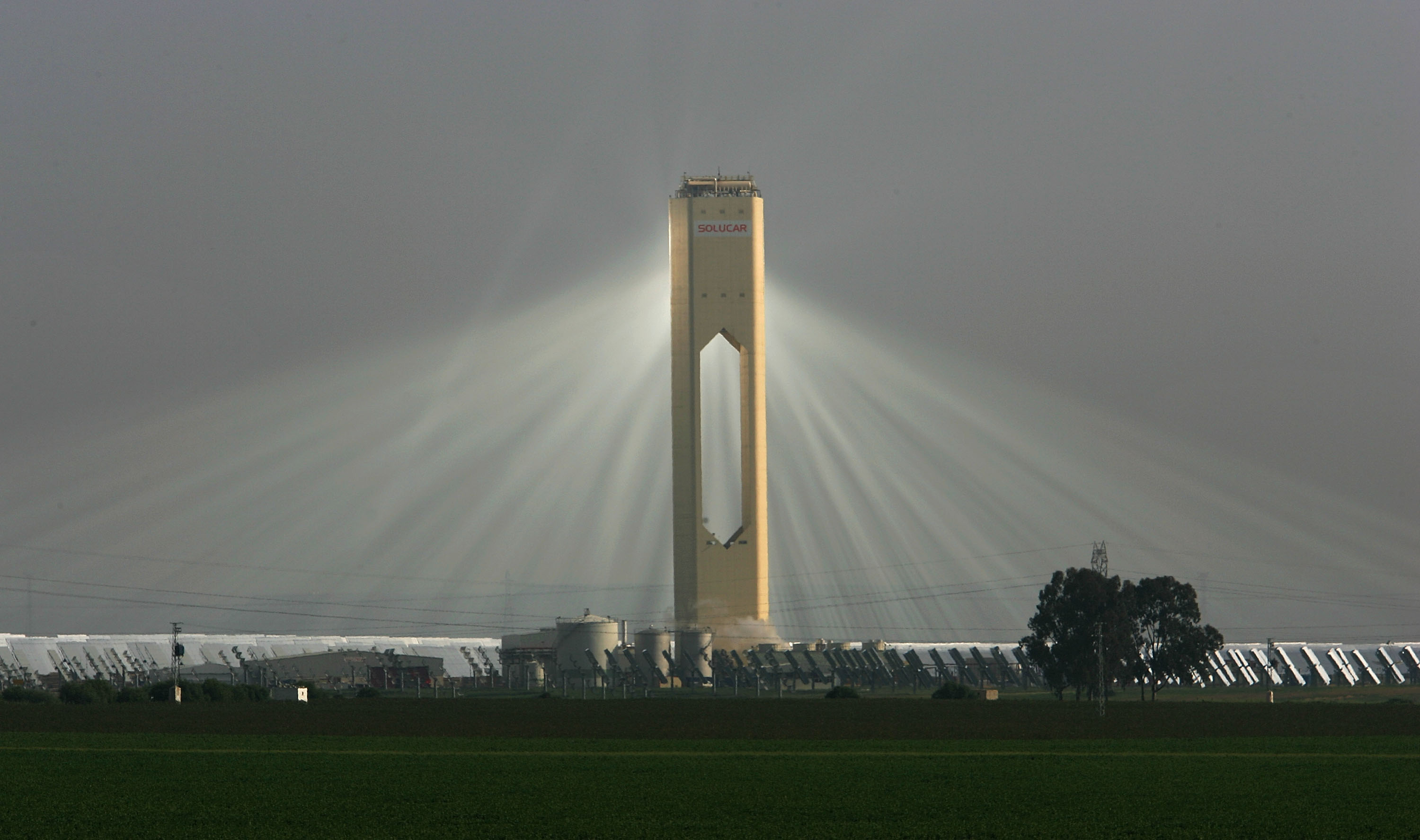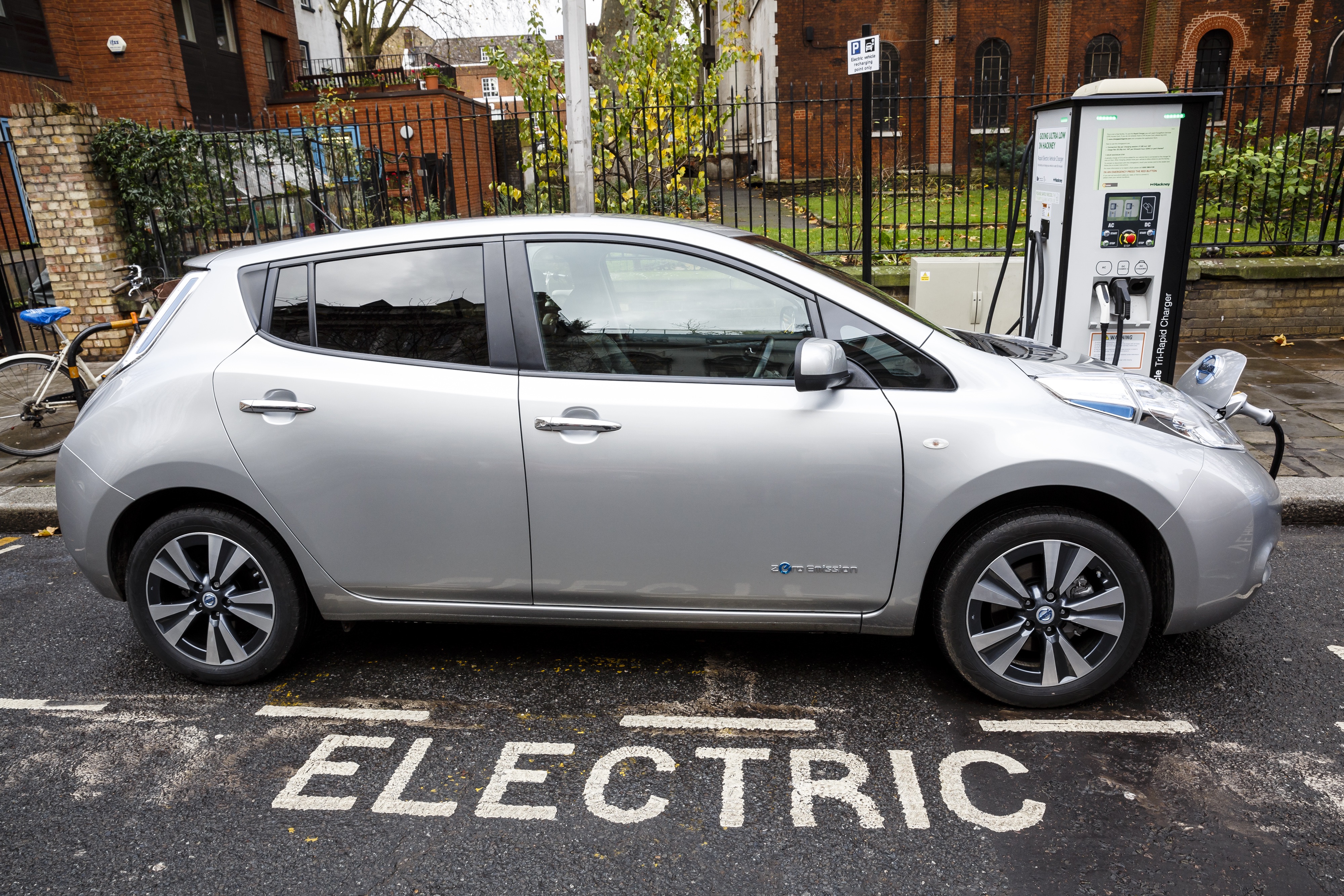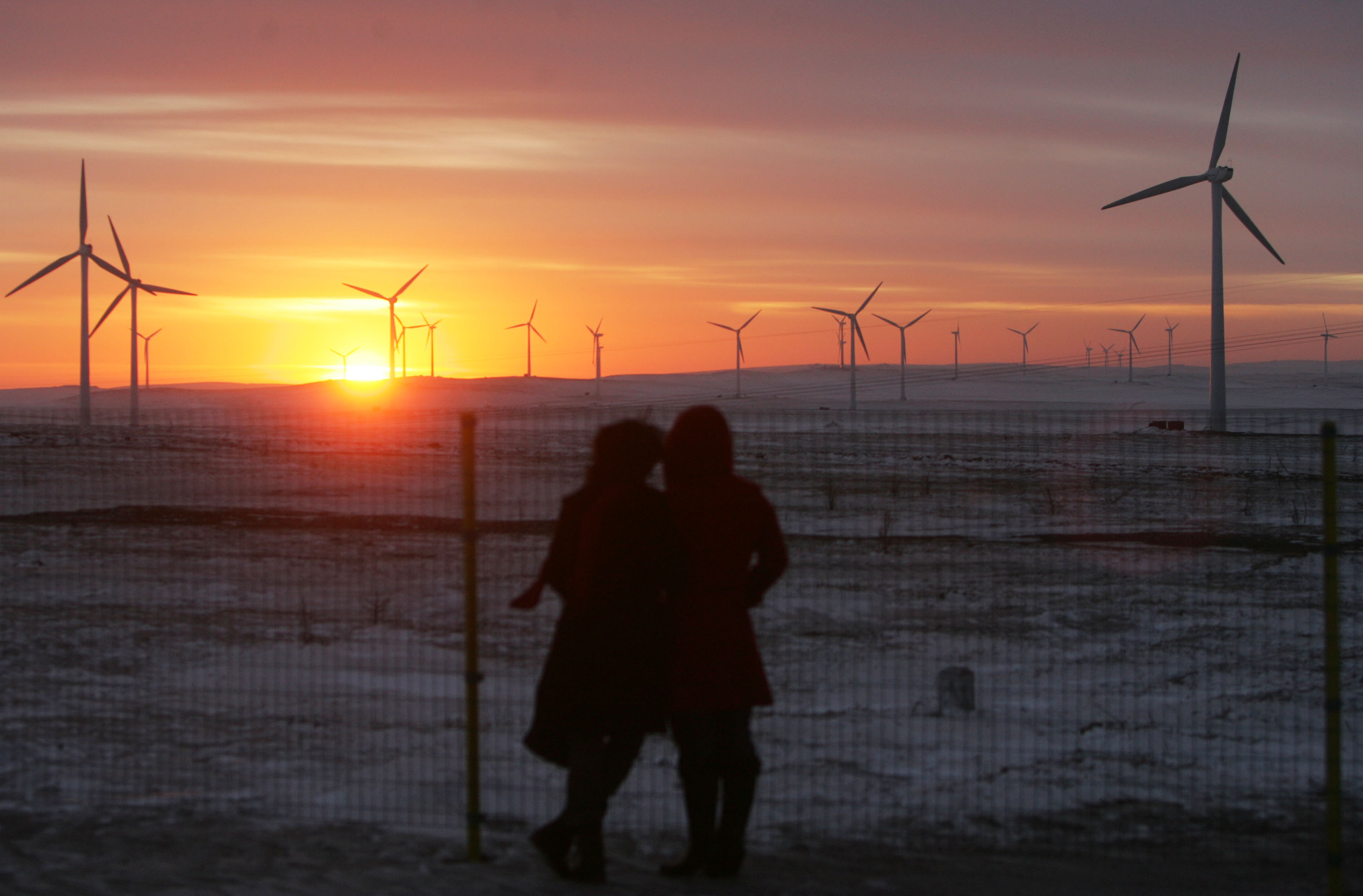
The world of energy consumption is changing fast, with the number of social and political leaders who champion green energy growing by the day. Some still aren’t convinced that we need to end our reliance on fossil fuels — to which the Terminator says, “I don’t give a damn.” Oil and gas, once our main sources of energy production, are declining in use, and getting replaced by renewable energy at every turn.
Last week, Bloomberg launched their New Energy Outlook — cataloging new energy investments and resources. The biggest nugget of information comes in the huge amount of cash that will be invested in clean energy over the next decades.
Cheaper coal and cheaper gas will not derail the transformation and decarbonisation of the world’s power systems. From today until 2040, $11.4 trillion will be invested in power generation. Of that, $2.1 trillion will be spent on fossil fuels. But an astonishing $7.8 trillion will be invested in renewable energy.
$2.1 trillion may still seem like a lot of money spent using fossil fuels over renewables, but the estimates also indicate that over the next 25 years, 64 percent of all energy production will come from solar and wind. Remember, there are zero carbon emissions from that sector of energy production.
As of 2015, 66 percent of the US’s energy came from fossil fuels. Flipping that percentage is a huge deal.

While those numbers are optimism-inducing on a macro level, it’s also easy to see how the life of the average person will be affected. The costs of solar and wind production are about to plummet according the Bloomberg’s New Energy Outlook.
Wind and solar keep getting cheaper. Onshore wind will fall 41% by 2040 and solar by 60%. This means these two technologies will be the cheapest ways of producing electricity in many countries during the 2020s and in most of the world in the 2030s.
As of today, a 6kW solar panel costs around $12,000. (6kW is generally enough to power a fully functioning family home — you can halve that for a city apartment.) By 2040, that same solar panel will cost closer to $4,800.
Lastly, the New Energy Outlook discusses coal and its place in the future. We are only three-and-a-half years from coal peaking in the United States. That means by 2020 we will start moving away from coal permanently. That’s shockingly soon. (Though the same is not true for developing nations in Asia and Africa.)

It’s not all rosy, though. There are still plenty of challenges ahead for decreasing the emissions we’re pumping into the atmosphere. According to the BNEO:
Emission reductions in EU, US and China are offset by steep increase in India and SE Asia. By 2040 global power sector emissions are still 5 percent higher than today. To bridge the gap to a 2-degree emissions trajectory we would need another $5.3 trillion of investment in zero-carbon energy to 2040.
It’s frustrating to note that with all our advancements and investments we’re still going to see a 5 percent increase in emissions worldwide over the next 24 years. Still, this is a pretty great starting point, and indicates that we might be finally releasing ourselves from the grip of fossil fuels.

(Via Bloomberg)






